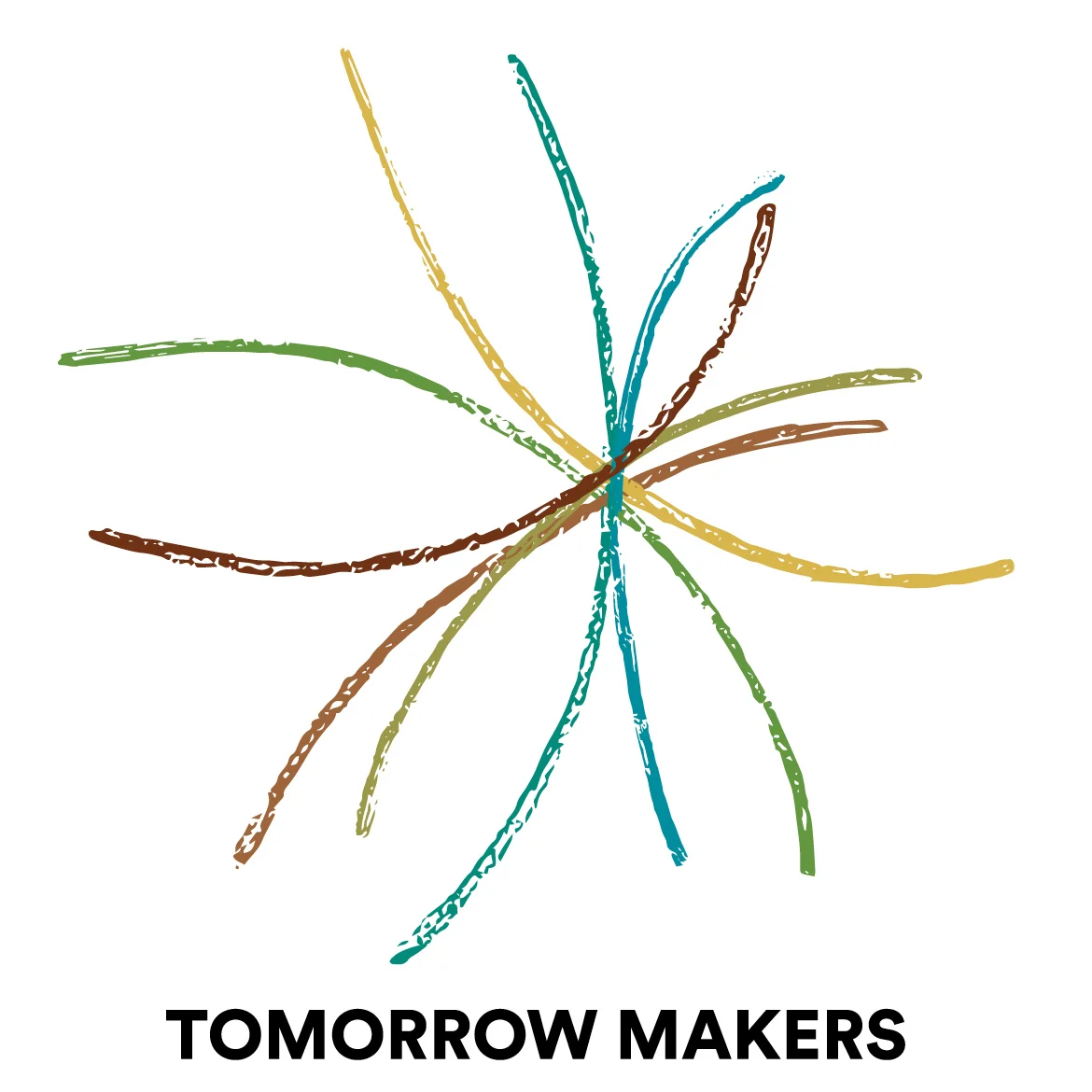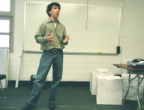A Playshop for Evolutionary Leadership, Collaboration & Systems Thinking
/A few weeks back, I had the honor of designing and facilitating a 3-hour event - or "playscape," as Professor Laszlo called it - with a class of MBA students at the Presidio School of Management studying "Evolutionary Leadership, Collaboration, and Systems Thinking."
With such a juicy course title, I wasn't a hard recruit. I knew from the get-go that I did not want to try to present to the class, opting instead to first give the students a participatory experience of the kind of collaborative design processes I like to create, and then open the room for conversation and questions generated by the interaction.
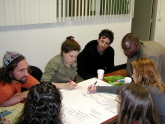
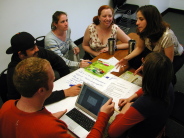
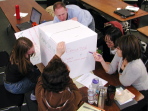
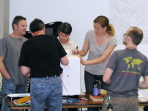
In less than three hours, the class created six new enterprises, defined the guiding principles and organizational practices of each, incorporated key insights from three dozen world-class writers and authors and, finally, presented these business models to each other in way that could be readily understood in about three minutes.
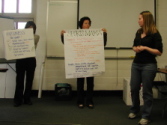
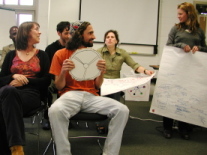
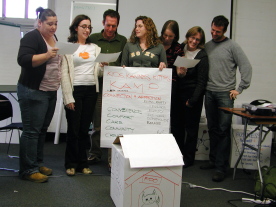
It was a rich and immersive afternoon of collaborative design and social learning, embued with emergence and playfulness.
